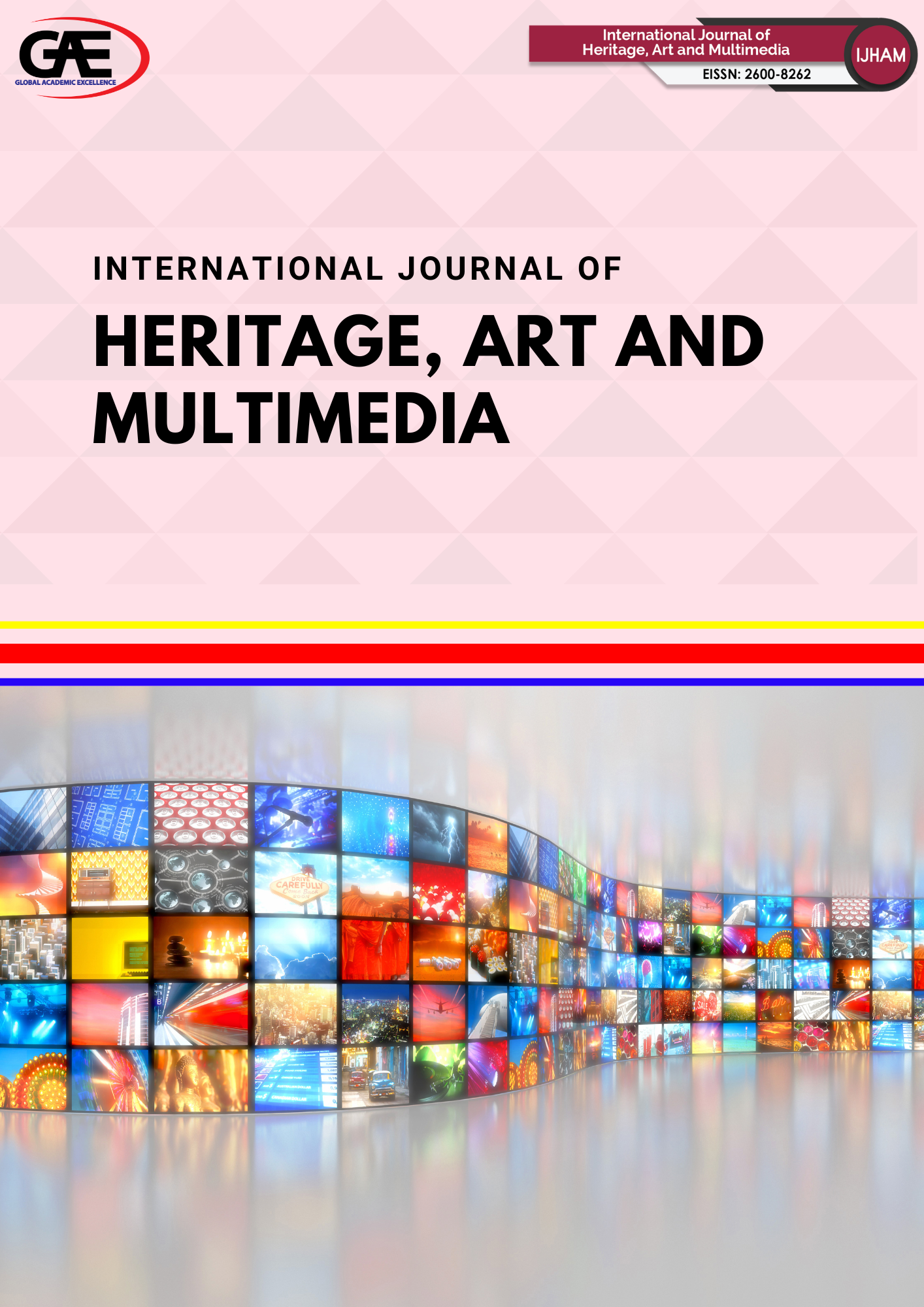PLASTIC WASTE THROUGH BIOMORPHIC AND GARBOLOGICAL ART: A STUDIO-BASED INQUIRY
DOI:
https://doi.org/10.35631/IJHAM.825002Keywords:
Garbology, Biomorphic design, Studio-Based Research, Plastic Waste, Visual Arts, Environmental ArtAbstract
This research explores the integration of nature-inspired themes with plastic materials, employing both garbology and biomorphic approaches. The study aims to investigate aspects of consumer culture by examining visual form elements and modes of artistic presentation, and how these elements can be critically used to construct visual narratives that reflect consumer culture and its impact on contemporary society. Garbology, the study of waste, serves as the conceptual foundation for examining modern consumer culture and its detrimental environmental effects (Rathje & Murphy, 1992). In the visual arts, this approach offers a critical lens for creatively reinterpreting discarded materials. Meanwhile, the biomorphic approach bridges artistic expression with ecological awareness by emulating the beauty and adaptability found in natural structures (Nurul Asyifa, Yohannes Firzal, and Gun Faisal, 2020). Biomorphic design enables the transformation of plastic waste into artworks that embody aesthetics, symbolism, and ecological consciousness. This study employs a Studio-Based Research methodology, guided by S.P. Gustami’s (2007) creative process model, which encompasses the phases of exploration, conceptualization, and realization. The evaluation of the resulting artwork is based on Ocvirk’s (2001) "organic unity" model, which examines three core aspects: subject, form, and meaning. The culmination of this research is an artwork entitled "Dia Masih Di Awang-Awangan" ("Still in the Clouds"), which visually interprets intricate natural formations merging into a cluster of complex structures. The findings reveal that the biomorphic concept, presented in the form of an assemblage, serves not only as a platform to highlight the grandeur and structure of nature but also reinforces an ecological narrative. By aligning artistic vision with environmental concerns, the artwork becomes a symbolic representation of the intricate relationship between humanity, waste, and nature within contemporary consumer culture. This study contributes to the field of environmental visual arts by presenting a novel integration of garbology and biomorphic design through a studio-based methodology, offering a model for ecologically themed art practice.



